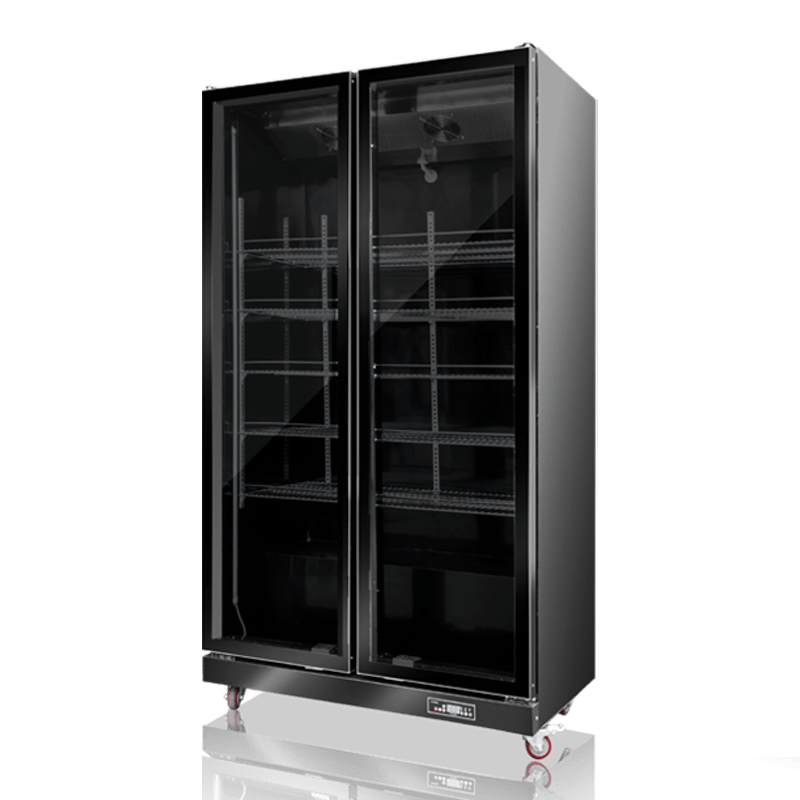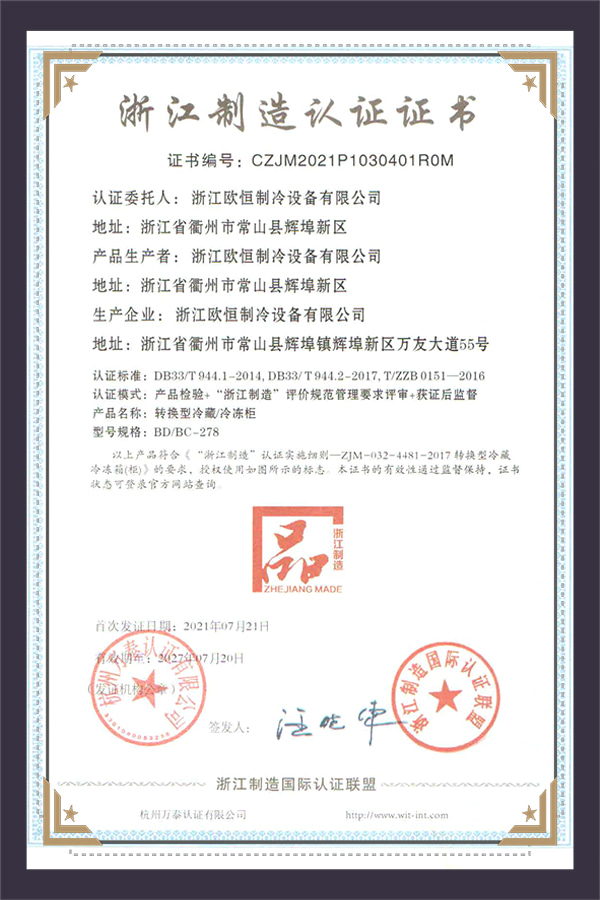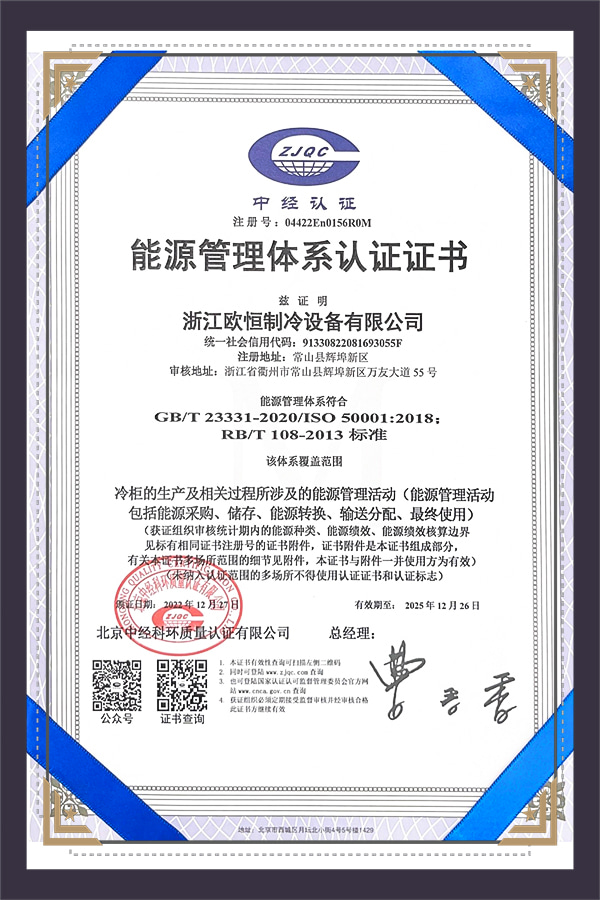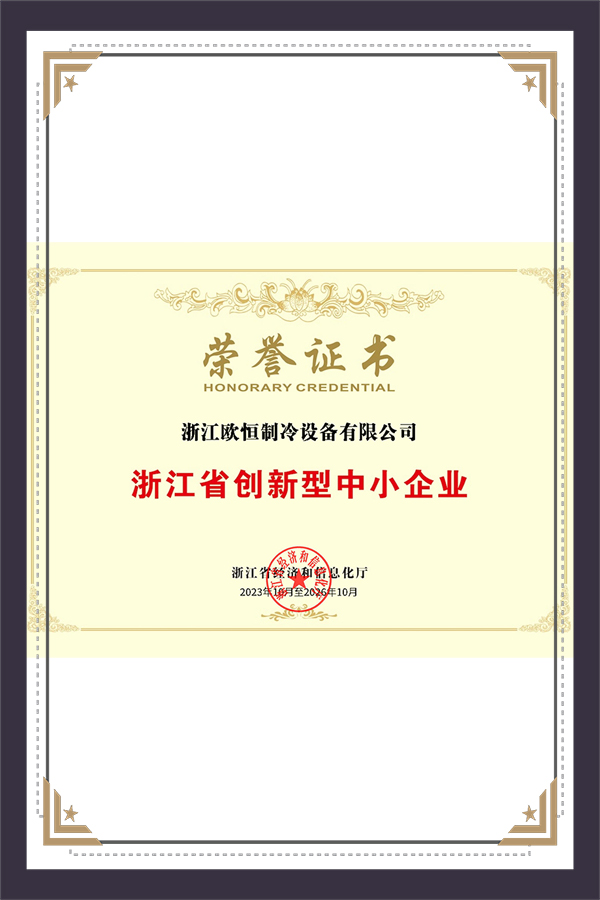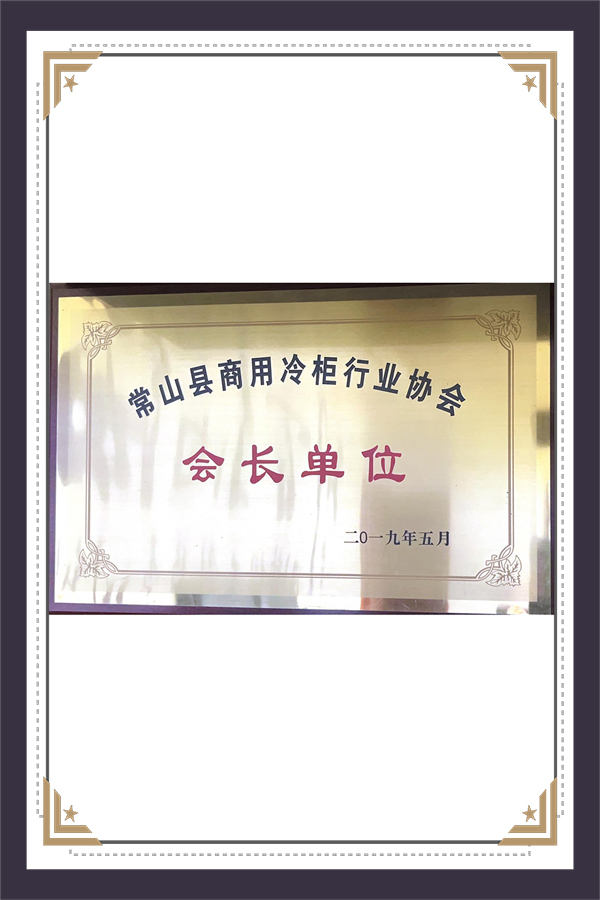Guarantee High Quality
With Our Expertise
Catering Refrigerated Display Cabinet Manufacturers
The profile is made of all aluminum alloy, which is corrosion-resistant and durable. The refrigerated and frozen glass coating is thickened with foam layer to lock fresh in food.(insulation from external heat,prevent cold air leakage) Multiple colors are available for selection in the ordering cabinet. Luxury three temperature series: three temperature integrated,three sections preventing flavors from mixing.
① Refrigerated area is at 2-8 ℃ to display fruit, vegetable,drinks and dishes,keeping them fresh.
② Micro frozen temporary storage area is at -5~5 ℃ to keep fresh meat skewers do not freeze hard and ready to use.
③ Frozen storage area is at -18 ℃,where frozen items can be storaged for 3-5 days.
There are two options for frozen goods storage: rose gold and hot air defogging.

-
0 +Establishment year
-
0 ㎡Factory Area
-
0 +Number of employees
-
0 +Monthly production container
-
2025-12-26Mineral buildup (scale) is the most common preventable cause of slow ice production, cloudy cubes, and premature service calls. Scale forms when dissolved minerals—primarily calcium and magnesium—precipitate onto cold an...
-
2025-12-16What the “24 Hours” Really Means for an Ice Maker When manuals say “allow 24 hours for the ice maker to make ice,” they are usually describing time to reach normal, full ice production—not that the first cube requires a...
-
2025-12-08Common commercial uses by industry Commercial ice makers support very different workflows depending on the industry. Matching the ice type, production rate and footprint to the use-case reduces waste and operational prob...
How Multi-Temperature Catering Refrigerated Display Cabinets Keep Food Fresh and Flavors Separate?
A well-engineered catering refrigerated display cabinet with multiple temperature zones may seem like a sleek appliance on the surface, but its internal design reflects layers of precision-driven thinking. What makes a three-temperature cabinet especially effective isn’t just its ability to cool food—it’s how it handles different temperature needs simultaneously while preserving food quality, all in one unified structure. Creating truly independent yet integrated zones is a delicate balance of material science, airflow control, and insulation strategy.
The core of this functionality starts with compartmental insulation. Unlike single-zone systems, a cabinet with refrigerated (2–8°C), micro-frozen (–5–5°C), and frozen (–18°C) areas must prevent cross-zone thermal interference. That’s where multi-density insulation materials come in. High-grade polyurethane foam is used extensively to minimize thermal bridges between zones. In well-designed catering display cases, each temperature zone is partitioned internally using advanced barrier techniques—sometimes using embedded insulation panels combined with airflow diverters—to ensure that cold air does not drift and disrupt another zone's stability.
Airflow is the second pillar. Precise air circulation, often powered by independent evaporator fans, keeps cold air uniformly distributed within each section. Refrigerated zones rely on gently circulated cool air that doesn’t dehydrate produce, while frozen zones need sharper airflow to maintain deep freezing temperatures. In the micro-frozen zone, air velocity and cycle frequency are carefully controlled to preserve delicate items like meat skewers in a semi-fresh state—preventing freezing solid while still inhibiting bacterial growth. The balance is so finely tuned that any compromise in air routing could lead to flavor bleed or inconsistent cooling.
Thermostat control systems used in these multi-zone catering food display cases must also be independently calibrated. Each section has its own control loop, often managed through a digital system that synchronizes temperature accuracy while allowing user adjustments. Sensors are placed at key locations to monitor fluctuations caused by door openings or high external temperatures. This design ensures stable operation, especially in fast-paced environments like restaurants or delis where the cabinet doors are opened frequently.
Material choice affects both insulation and hygiene. Aluminum alloys are commonly used for structural framing due to their corrosion resistance and thermal performance. But more than just durability, the use of aluminum also contributes to lighter cabinet weight and better energy efficiency. The glass surfaces, particularly those used in the refrigerated and frozen doors, are often double- or triple-pane with vacuum layers. When these are further coated with anti-condensation or hot-air defogging technology, visibility stays high even under heavy usage, making the food presentation appealing and professional.
Another design factor often overlooked is odor control. Flavor cross-contamination is a major concern in mixed-temperature storage, especially in open kitchen settings. High-end catering refrigerated cabinets use sealed airflow loops and odor-containment strategies that stop pungent items in the frozen section from affecting fruit or drinks displayed in the chilled zone. These features are not just engineering feats—they’re selling points that affect customer satisfaction and product appeal.
For buyers looking to combine efficiency, food safety, and visual appeal in one sleek solution, a multi-zone catering display cabinet represents a smart, future-ready investment. As manufacturers, we’ve seen the shift in demand toward flexibility and precise temperature control, especially in multi-product food service environments. Investing in well-designed catering food display cases is no longer just about cold storage—it’s about creating a seamless experience where food stays at its best, all day long.


 English
English русский
русский Español
Español عربى
عربى





